详细说明
Species Reactivity
Human
Specificity
Detects human PTGER2 in direct ELISAs.
Source
Monoclonal Mouse IgG 2B Clone # 607077
Purification
Protein A or G purified from hybridoma culture supernatant
Immunogen
NS0 mouse myeloma cell line transfected with human PTGER2
Accession # P43116Formulation
Lyophilized from a 0.2 μm filtered solution in PBS with Trehalose. *Small pack size (SP) is supplied as a 0.2 µm filtered solution in PBS.
Label
Unconjugated
Applications
Recommended
ConcentrationSample
Western Blot
2 µg/mL
See below
Immunohistochemistry
8-25 µg/mL
See below
Please Note: Optimal dilutions should be determined by each laboratory for each application. are available in the Technical Information section on our website.
Data Examples
Immunohistochemistry | PTGER2 in Human Bladder. PTGER2 was detected in immersion fixed paraffin-embedded sections of human bladder using Human PTGER2 Monoclonal Antibody (Catalog # MAB6656) at 25 µg/mL overnight at 4 °C. Tissue was stained using the Anti-Mouse HRP-DAB Cell & Tissue Staining Kit (brown; Catalog # ) and counterstained with hematoxylin (blue). Strongest staining was localized to umbrella cells. View our protocol for . |
Western Blot | Detection of Human PTGER2 by Western Blot. Western blot shows lysates of MCF‑7 human breast cancer cell line. PVDF Membrane was probed with 2 µg/mL of Human PTGER2 Monoclonal Antibody (Catalog # MAB6656) followed by HRP-conjugated Anti-Mouse IgG Secondary Antibody (Catalog # ). A specific band was detected for PTGER2 at approximately 45 kDa (as indicated). This experiment was conducted under reducing conditions and using . |
Preparation and Storage
Reconstitution
Sterile PBS to a final concentration of 0.5 mg/mL.
Shipping
The product is shipped at ambient temperature. Upon receipt, store it immediately at the temperature recommended below. *Small pack size (SP) is shipped with polar packs. Upon receipt, store it immediately at -20 to -70 °C
Stability & Storage
Use a manual defrost freezer and avoid repeated freeze-thaw cycles.
12 months from date of receipt, -20 to -70 °C as supplied.
1 month, 2 to 8 °C under sterile conditions after reconstitution.
6 months, -20 to -70 °C under sterile conditions after reconstitution.
Background: PTGER2
Prostaglandin E2 receptor (PTGER2) is a 53 kDa member of the G-protein coupled receptor family of proteins. Human PTGER2 is 358 amino acids (aa) in length and has the seven putative transmembrane domains characteristic of G-protein coupled receptors. In addition, there are four potential sites for N-linked glycosylation. Human PTGER2 shares 86% and 83% aa sequence identity with mouse and rat PTGER2, respectively. PTGER2 is present in the vasculature, the gastrointestinal, tracheobronchial, and reproductive tracts, the kidney, and also in the sphincter, dilator, and ciliary muscles in the eye. PTGER2 is linked to prostaglandin E2-mediated vasodilation and smooth muscle relaxation. It is also involved in the stimulation of secretion in the stomach and small intestine, the control of intraocular pressure, and the regulation of bone resorption.
Long Name:
Prostaglandin E2 Receptor 2, Subtype EP2
Entrez Gene IDs:
5732 (Human); 19217 (Mouse); 81752 (Rat)
Alternate Names:
EP2; PGE receptor EP2 subtype; PGE2 receptor EP2 subtype; prostaglandin E receptor 2 (subtype EP2), 53kD; prostaglandin E receptor 2 (subtype EP2), 53kDa; prostaglandin E2 receptor EP2 subtype; Prostanoid EP2 receptor; PTGER2







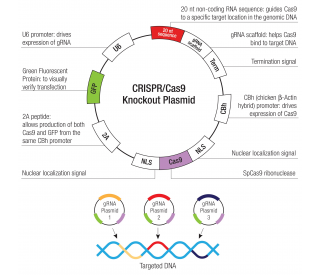
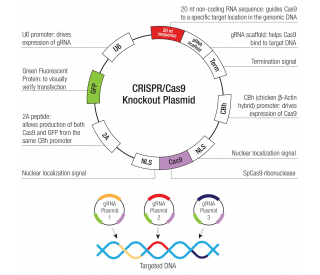
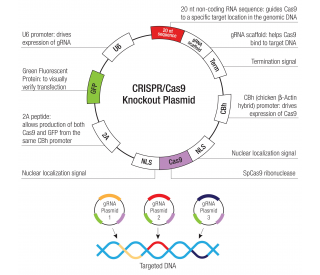
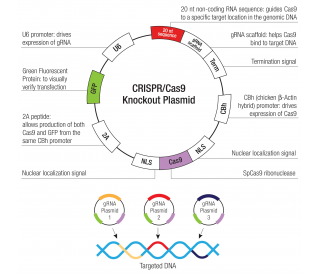
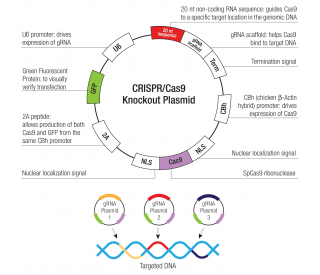
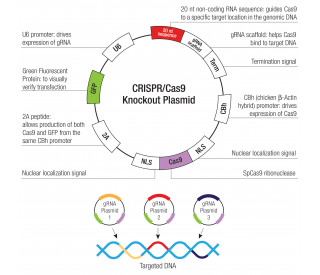




 粤公网安备44196802000105号
粤公网安备44196802000105号